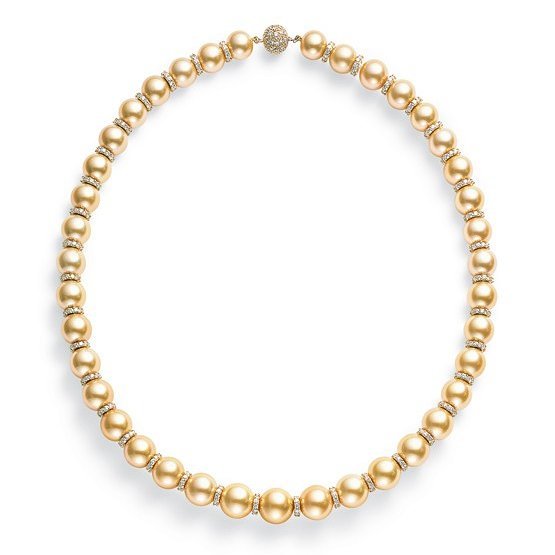Complete Guide to South Sea Pearls
Because they were generated by a living organism, the oyster, rather than being extracted from the earth like diamonds, rubies, or emeralds, pearls are among the most magnificent gems in the world.
They are considered an organic gem because of this.
Akoya Pearls, Freshwater Pearls, and South Sea Pearls are only a few varieties of pearls. We shall concentrate on South Sea Pearls in this guide.
The most expensive kind of pearls are those from the South Sea. This is because they are rare, making up only 2% of the world’s total production of pearls, and locating pearls with the desirable qualities of great color, round form, good luster, surface free of markings, and size >12mm is quite difficult.
What are pearls from the South Sea?
Australian, Philippine, Myanmar, and Indonesian Pinctada Maxima oysters create South Sea Pearls, a particular variety of pearl.
They stand out for being the most rare variety of pearl, the greatest in size (ranging from 9 mm to 20 mm in exceptional occurrences), and for the thickness of their nacre (from 2 to 6mm).
South Sea Pearls require more than three years to develop, compared to freshwater pearls’ six-month production time.
Gold and white are the primary hues, with several overtones. Less than 4% of all pearls produced in a typical pearl farm have perfectly round forms, making them the rarest.
Shapes for South Sea Pearls include round, oval, button, drop, circle, and baroque, and they have a rich brilliance.
South Sea Pearls’ Features
The nacre, which is thicker than that of other varieties of pearls, is the primary feature that sets apart South Sea pearls (2-4mm). The pearl’s nucleus is protected by a natural coating called nacre.
The size varies from 8 to 20 mm in South Sea pearls, compared to 3 to 9 mm for Akoya pearls, and in certain extreme circumstances, 22 mm pearls.
It also draws attention to the shine, which is satin rather than the akoya or freshwater pearl luster.


